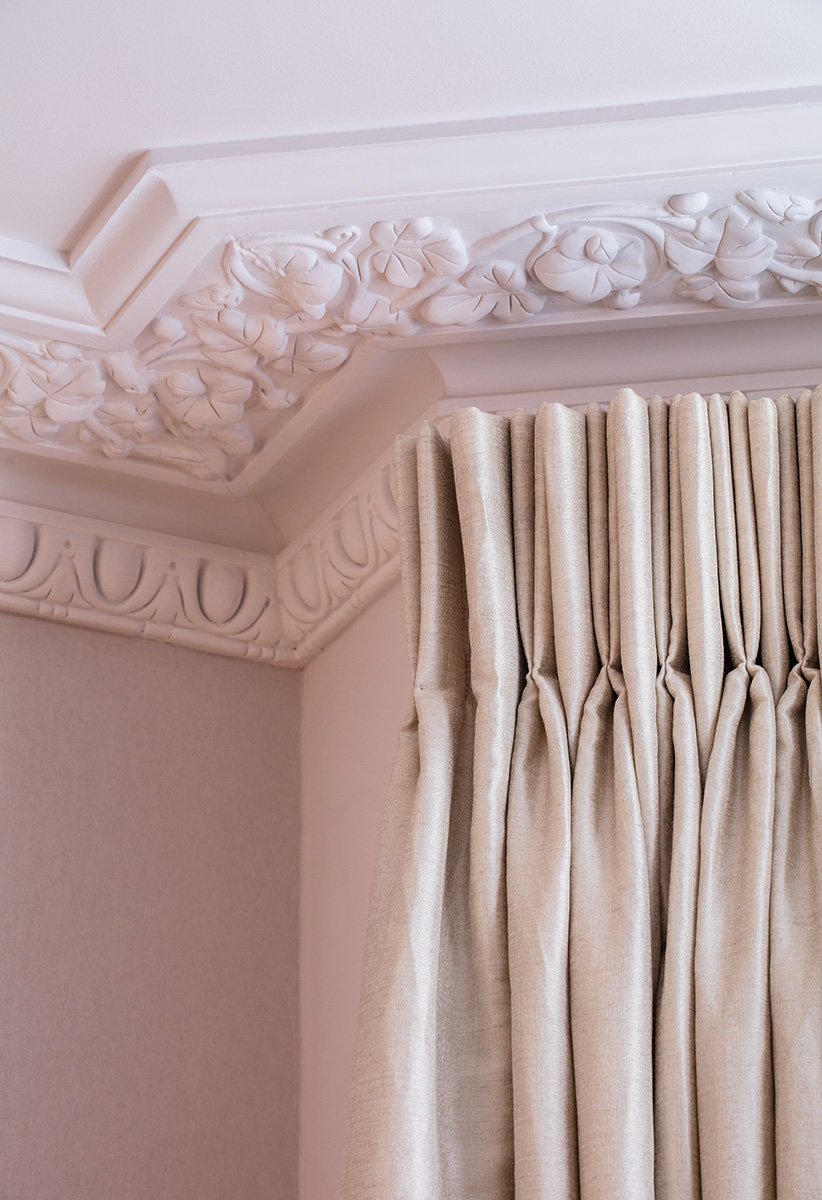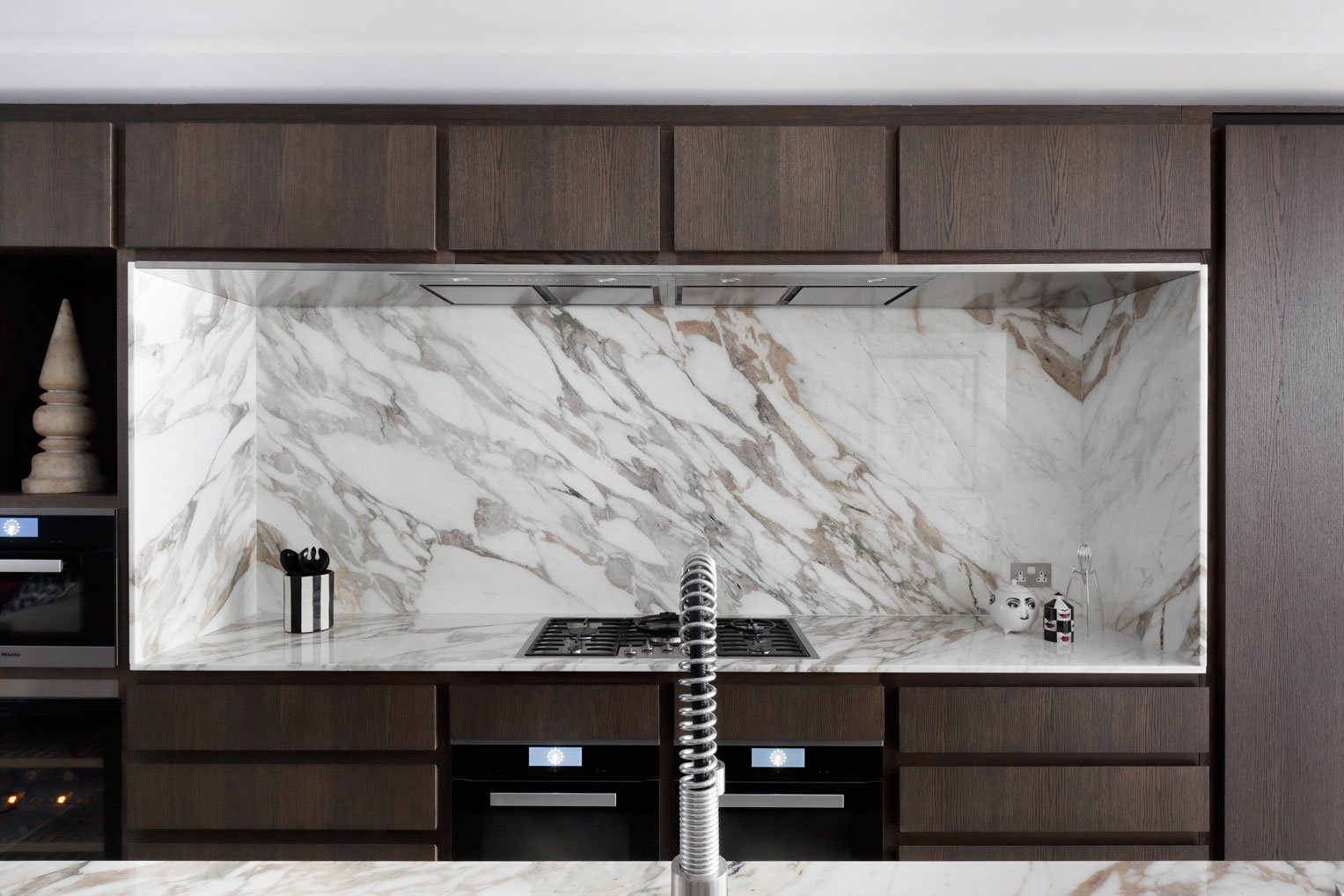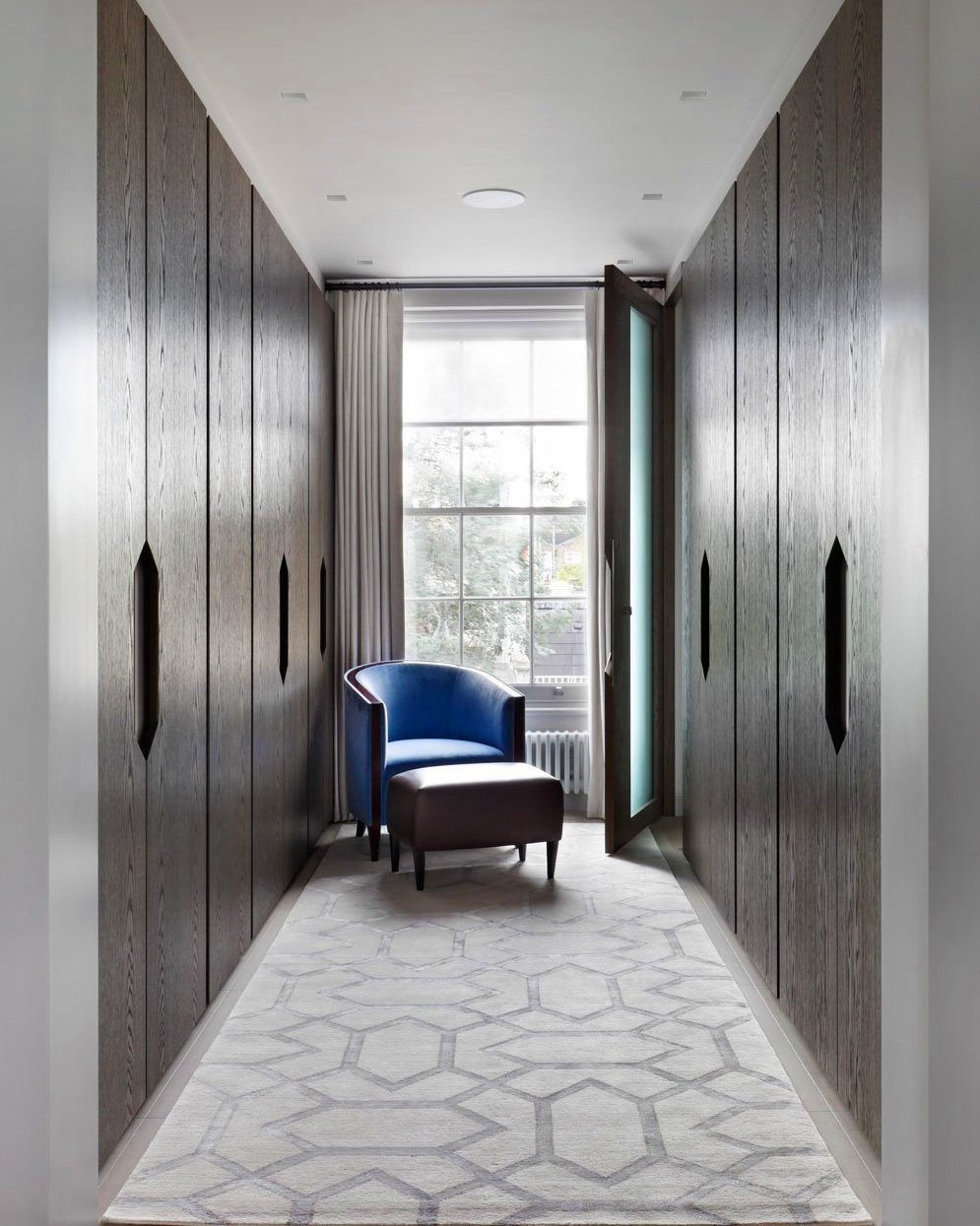Series 3: How to hire an Interior designer / Interior Architect / Architect?
Do I need an architect, interior architect or interior designer?
If you already have a structure built and are looking for interior design to refurbish an interior, then in most cases you require the help of an interior designer or interior architect. If you need a home built from scratch, then you would hire an architect. You may also need to hire an interior designer if you need help on the interior of a new build home.
There is an increasing demand for a ‘one-stop’ shop when it comes to projects that necessitate interior design and architectural refurbishment work. Instead of clients having to instruct separate practices, WOOLF is a combined practice that deals with both interior design and interior architecture services. This joint approach means that projects involving the reconfiguration of the space or an interior refurbishment, are considered together, resulting in a cohesive and seamless outcome.
Elegant London Town House Refurbishment
Elegant Town House Refurbishment
Elegant Town House Refurbishment
At what point do I instruct an Interior Designer or Interior Architect?
Put simply, interior architects consider and advise on your space from the inside out. They do not deal with changes to the exterior or the footprint but do make significant changes to the interior space. So in short, our answer is engage an interior designer as soon as you want to do any work on a building. If you are engaging an architect, you should engage the interior designer at the same time so that they can collaborate early in the process, and make sure the various and important aspects of the property’s interiors do not get not overlooked. Once you have found the house you have been searching for, you will want to make it the best it can possibly be both inside and out. A few careful decisions will ensure that your new home will be a place of stylish comfort and warm hospitality and critically, a place that truly reflects your tastes and interests. Explore WOOLF contemporary projects.
When you are in the process of extending or updating your property, it is vital to consider the interior design alongside the structural work. Consider how you will actually use the space and how it is best configured to suit your needs and your lifestyle. Whether you are moving into a new home or improving the one you already have, engage an interior designer at the initial stage to ensure they have plenty of time to manage supplier chains and book tradesmen.
The earlier you meet with your interior designer the more satisfying the result. Lead times on furniture often run into months and good joiners get booked up. An interior designer, with experience of co-coordinating projects, will anticipate your project parameters, ease stress, enable a smooth-running project and create a home that is individual to you. Explore WOOLF Historic projects.
Elegant Town House Refurbishment - Fabric
Elegant Town House Refurbishment
Classic Victorian Town House
The essential guide to instructing an Interior Designer or Interior Architect
Qualifications & Accreditation
A professional interior designer must be qualified to carry out your project and have the relevant experience that your project requires. At WOOLF Interior Design and Interior Architecture, we have over 25 years of industry expertise, sensitively designing both contemporary and historic interiors. All our interior designers are qualified at degree, post graduate or master’s level and have undertaken additional training in procurement, project management, town planning or surveying or have a RIBA accreditation. A professional practice should carry industry standard professional indemnity insurance and employers’ liability insurance. A professional interior designer or interior architect will have relevant industry accreditation. The WOOLF Interior Design & Interior Architecture team apply their in-house specialisms and diverse expertise and we are accredited members of The Historic Houses Association (HHA) , The Georgian Group, The modern House Directory and have International Design & Architecture Awards. Read about WOOLF accreditations.
Chemistry
It is not all about the chemistry, but it is essential that you feel your designer is engaging, listens well to you and is tuning into your aesthetic. There is no charge for an initial meeting with your designer. During the initial meeting you can establish your brief and the scope of your project. Interior Designers will need to have a great track record with their previous client relationships, their testimonials will indicate if the designer has been fun and easy to communicate with and if the process will be smooth and on budget. Find out more about WOOLF testimonials.
The Portfolio
When looking at a leading design practice, look at their summary portfolio, Pinterest boards, Website and Instagram. If you want to create a space that is individual and lead by your aesthetic, you may not want to look for a replica of the interior you have imagined. Some design practices have a ‘house style’ which they recreate in all the projects. WOOLF follow our client’s brief and enhance it. We create completely unique, client-focused, interiors, valued by our clients for their luxurious, individual, beautifully tailored interior design. Your designer needs to demonstrate variety and originality in their projects so that they can deliver a completely unique project for you. Their portfolio should showcase the quality of their work and superb attention to detail.
Classic Victorian London Town House
Classic Victorian Town House - Kitchen Design
3 Ways Interior Designers and Interior Architects charge for their services.
There are three recognised Interior Design fee charging structures, these are :
1) A Fixed Project Fee
2) A Weekly / Hourly / Day Rate
3) Percentage of Project Spend
An interior designer should tailor their fee to your project. After meeting you, visiting the site and listening carefully to your brief, the designer will draw up a bespoke design, timescale and cost proposal, which will outline the services they will undertake and the scope of the project.
A ‘Fixed’ Fee
The interior designer will work out how much time and resource they anticipate the project requiring and quote accordingly. The fee is often split into stages and paid as each of the stages of work is completed with a payment commencing each stage of work. Typical stages are:
1) Concept & Layouts
2) Design Development & Detailed Design
3) Site Coordination, Installation and Implementation
Classic Victorian Town House Refurbishment
Classic Victorian Town House Refurbishment
A ‘Fixed Price’ Structure
The fixed price fee is normally charged at the start of the day, week or month as a fixed daily, weekly or monthly rate. It is a reassuring arrangement for the client, because they can anticipate their costs and it will allow the designer to plan out a design program for the stages of work. The number of consultations and design revisions can be agreed in advance and the client will be able to control the amount of time they instruct an interior designer to work on their project.
The size of the fee does not bear any relation to the overall budget. A smaller budget may not mean a smaller design fee, in fact a smaller budget can often demand more of the designer’s time and resources – similarly with projects requiring a fast turn-around.
Another benefit of fixed recurring fee is the speed at which the work will conclude, because it is not an open-ended arrangement. A fixed recurring fee structure, will encourage the interior designer and client to reach conclusions, decisions and swiftly move through the design program.
An ‘hourly or workshop’ rate.
This method is a useful charging method for small projects or for design workshops. Designers will record the amount of time they spend on your project and charge you accordingly. They will operate timesheets recording exactly what their time is spent on and will provide you with regular updates. This method can seem too open-ended.
Professional designers will be able to give you an up-front estimate of the number of hours likely to be involved in each stage of your project or they will be able to offer you a design workshops for a set number of hours. The hourly or day rate will differ from designer to designer depending on location and expertise. Larger interior design and interior architecture studios may employ designers of different skills and experience and vary the rate depending on who is working on your project.
At WOOLF Interior Design & Interior Architecture we offer ‘consultation workshops’ that are designed to allow a client with a particular design objective, to be resolved within a set time frame for a set price. This is a more costly one-off fee that has a very intensive and productive outcome for our clients.
A ‘Percentage of The Project Value’
This is where the designer's fee is calculated as a percentage of the overall project value. This is a more open-ended arrangement and the percentage will vary from designer to architect. Designers and architects charge as a percentage of the project value, because on large projects, it can be hard to gauge how much work will be required and fees will be charged on work stages that have been completed. These work stages normally align to the RIBA work stages: ‘ Royal Institute of British Architects plan of work’.
The fee structure is based upon overall costs, which means that if the project increases in cost, so will the fees. A leading or professional interior designer with an eye on their reputation, will not increase project costs to increase their fees. Fees will also be calculated and charged according to work that that has been completed. Usually, fees are charged based upon work that has been valued and completed. This valuation may be overseen by a QS (quantity surveyor) or the contract administrator.
Bespoke Dining Table Design
Bespoke Study Table Design
Procurement
This portion of the interior designer’s time at the end of your project will be spent on procurement (purchasing the FF&E) and installation - co-ordinating and accepting deliveries of the FF&E and ensuring that it is in perfect condition and properly installed. This can be a complex process involving many different suppliers.
Designers will treat trade discounts in different ways. Some will keep the discount and charge the client retail prices, others add on a percentage to the trade figure and charge a ‘marked-up price’. With a very experienced practice the Trade Discounts should go a long way towards negating their fee or reducing the cost of spend, at this stage of the project.
Trade Discounts
At WOOLF Interior Design & Interior Architecture we know from our years of experience we can achieve trade discounts on products and interior supplies, not available to the general public. A leading designers will have long standing trade relationships, and those who have had a good spending record with suppliers, will also have significant discounts agreed with all suppliers. Our clients can make significant savings through our trade accounts. WOOLF operate an open book policy. Procurement and client discounts are reported on a regular basis to track expenditure. Our policy is to divide equally our trade discounts on purchases with our client which is represented as a 50% share of the overall discount. Our policy encourages complete objectivity and ensures that we will negotiate the highest discounts available.
Client Accounts
Professional design practices should run their client accounts independently from their main business accounts. At WOOLF we assign a designated client account for the duration of the project. From your client account, we pay the suppliers on your behalf. You will receive regular transparent breakdowns to track your expenditure and your discounts. Explore WOOLF projects

















